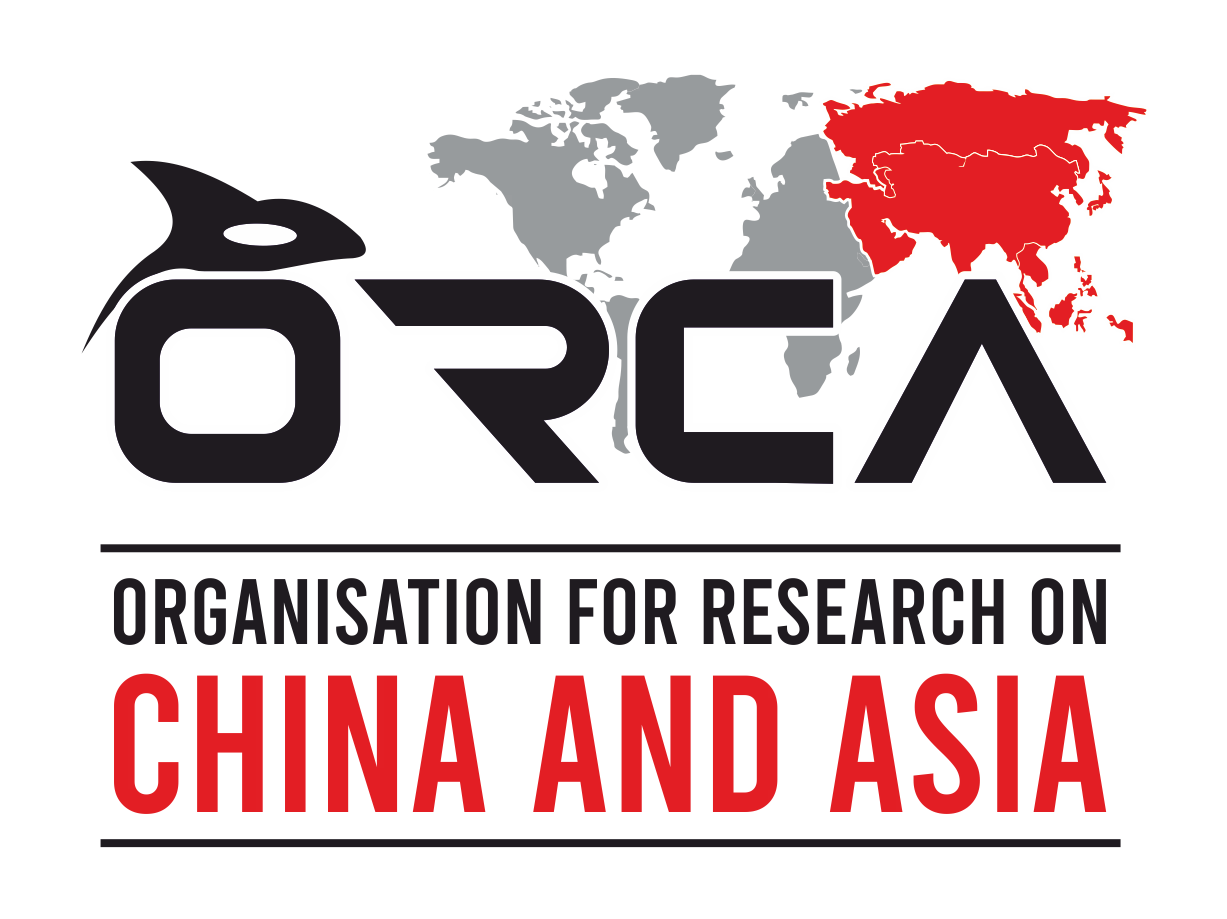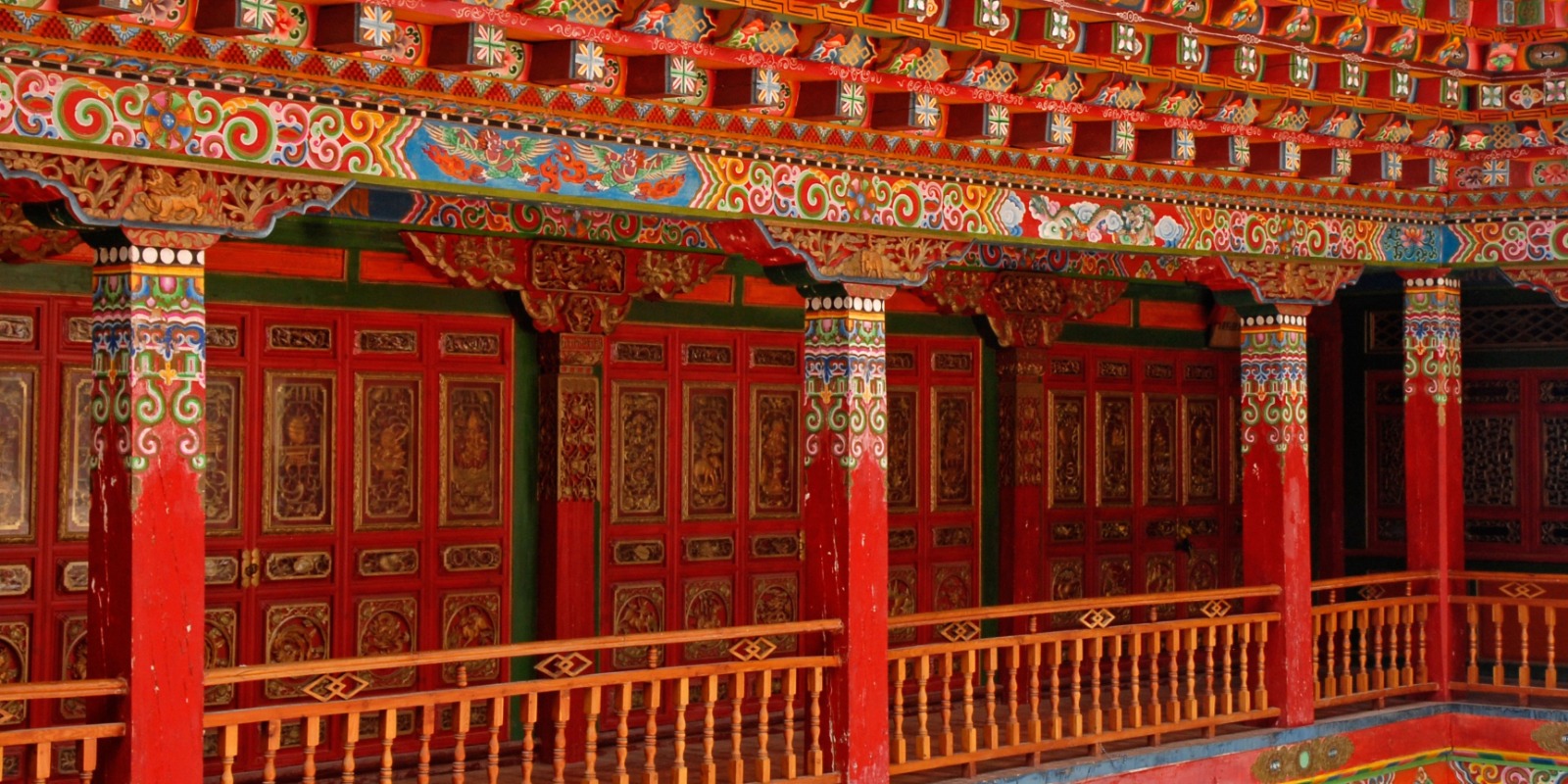NEWS IN CHINA
- Xi Jinping’s “Green Scarf”: Taklamakan Desert Turns Greener with Landmark Ecological Project: President Xi Jinping’s long-cherished vision of greening China’s largest desert has become reality. The completion of the 3,046-kilometer Taklamakan Desert Green Sand Protection Belt on November 28, 2024, transformed the once-barren “Sea of Death” into a “green scarf.” This monumental project, spanning 337,600 square kilometers, involved over 600,000 workers laboring for more than 500 days, closing a 285-km ecological gap and showcasing China’s determination to combat desertification. Xi has repeatedly emphasized ecological restoration as a national priority. Since 2014, during multiple visits and central symposiums, he has urged “integrated protection of mountains, rivers, forests, farmlands, lakes, grasslands, and deserts,” underscoring that “green mountains and clear waters are invaluable assets.” The transformation is not just environmental but economic. Xinjiang’s annual sand industry output now exceeds 4.37 billion yuan, while fruit cultivation of apples, red dates, walnuts, and apricots thrives in reclaimed areas, turning desert stretches into productive orchards.
- CMG to Host Grand Mid-Autumn Gala in Deyang, Showcasing Family Reunion and Cultural Heritage: China Media Group (CMG) will host its 2025 Mid-Autumn Festival Gala in Deyang, Sichuan Province, inviting global audiences to celebrate one of China’s most cherished festivals of family reunion and reflection. The gala, set against the picturesque backdrop of Deyang’s landscapes, will feature musical performances blending tradition and modernity, centered on themes of longing for home and togetherness under the full moon. This year’s gala also honors major national milestones the 80th anniversary of victory in the Chinese People’s War of Resistance Against Japanese Aggression, the 60th anniversary of the Xizang Autonomous Region, the 70th anniversary of Xinjiang’s founding, and the 75th anniversary of the Chinese People’s Volunteers entering Korea. Highlighting Deyang’s dual identity as an industrial hub and cultural treasure, a special segment will feature a robot touring the Sanxingdui Museum, symbolizing a dialogue between ancient civilization and modern technology.
- Beijing and Dhaka Pledge to Deepen Ties on 50th Anniversary of Diplomatic Relations: Beijing and Dhaka reaffirmed their commitment to strengthening bilateral cooperation as the two nations celebrated the 50th anniversary of diplomatic relations on Saturday. Chinese President Xi Jinping and Bangladeshi President Mohammed Shahabuddin exchanged congratulatory messages, highlighting decades of mutual respect and collaboration based on the Five Principles of Peaceful Coexistence. Xi praised the enduring friendship between the two neighbors, noting that despite global changes, both countries have maintained stable ties and achieved progress in Belt and Road cooperation, political trust, and strategic partnerships. He emphasized China’s readiness to use this milestone to deepen mutually beneficial cooperation and promote common development. President Shahabuddin lauded China’s long-term support for Bangladesh’s sustainable growth and regional peace, expressing optimism that joint efforts would yield even greater results. Separately, Chinese Premier Li Qiang and Bangladesh’s interim Chief Adviser Muhammad Yunus exchanged messages, vowing to accelerate high-quality Belt and Road projects and expand collaboration across multiple sectors.
- China’s Light Industry Sees Strong Growth Under 14th Five-Year Plan, Eyes 30 Trillion Yuan Target by 2030: China’s light industry has maintained steady momentum during the 14th Five-Year Plan (2021–2025), achieving notable growth in scale, innovation, and global competitiveness. According to the China Light Industry Federation, by 2024, the sector housed 140,000 enterprises above designated size, provided 17.92 million jobs, and achieved exports worth US$925.4 billion, contributing 25.9% of China’s total exports and leading the nation for five consecutive years. Federation President Zhang Chonghe highlighted structural optimization, with rapid advances in smart home appliances, new energy batteries, and electric bicycles. Over 60% of enterprises are now integrated with industrial internet platforms, and 1,321 green factories have been established. The sector also boasts 25 national key labs, 44 engineering research centers, and 214 enterprise tech centers, forming a robust innovation ecosystem. Looking ahead to the 15th Five-Year Plan, China aims to exceed 30 trillion yuan in light industry revenue by 2030, foster globally renowned brands, boost green product ratios, and maintain its leading global market share, advancing toward a green, low-carbon industrial system.
- Chinese Foreign Minister Wang Yi to Visit Italy and Switzerland, Strengthening China-Europe Engagement: From October 7 to 12, Chinese Foreign Minister Wang Yi will visit Italy and Switzerland, signaling Beijing’s continued high-frequency diplomatic engagement with Europe. Invited by Italy’s Deputy Prime Minister and Foreign Minister Antonio Tajani, Wang will co-chair the 12th Joint Meeting of the China-Italy Government Committee in Rome. The discussions are expected to emphasize pragmatic cooperation in infrastructure, technology, economy, and cultural exchange areas both nations view as promising for deeper collaboration. Following Italy, Wang will travel to Switzerland to hold the 4th China-Switzerland Foreign Ministers’ Strategic Dialogue with Foreign Minister Ignazio Cassis. The visit comes ahead of the 75th anniversary of China-Switzerland diplomatic ties in 2025, during which both sides plan to celebrate the “China-Switzerland Year of Culture and Tourism” and enhance cooperation in science, education, and innovation. Experts note that Switzerland’s non-EU status offers flexibility for bilateral cooperation, allowing it to serve as a model for China-Europe engagement. Analysts believe Wang’s trip reflects China’s effort to translate earlier dialogues into concrete outcomes, addressing European hesitations and fostering stability amid global geopolitical and economic uncertainties.
- 8th China International Import Expo Set to Showcase Global Innovation and China’s Expanding Openness: The 8th China International Import Expo (CIIE) will open in Shanghai next month, marking another milestone in China’s high-level opening-up. Since its debut in 2018, the CIIE, hailed as the world’s first national-level import expo, has attracted over 23,000 overseas exhibitors, introduced 3,000 new products and technologies, and recorded intended deals exceeding US$500 billion, transforming China’s vast market into a global opportunity hub. This year’s edition sees over 3,200 companies from 110 countries and regions participating, including Kyrgyzstan’s debut, with 360,000 square meters of exhibition space. Exhibitors from Germany and New Zealand have already arrived, featuring first-time global launches such as Rockwell’s PointMax I/O platform and Siemens Healthineers’ photon-counting CT scanners. Global CEOs and Nobel laureates will attend the Hongqiao International Economic Forum, while firms like Volkswagen, L’Oréal, and AstraZeneca reaffirm their long-term confidence in China. According to Wu Zhengping of the CIIE Bureau, amid global economic uncertainties, the CIIE’s success demonstrates global confidence in China’s economy and its unwavering commitment to shared growth and inclusivity.
SOCIAL MEDIA CHATTER
Hundreds of Villagers in Hebei Collect Leftover Peanuts After Harvest, Stirring Online Discussion: On October 4, in Xingtai, Hebei Province, a video showing hundreds of villagers collectively picking peanuts in farmland went viral on Chinese social media platform Weibo. The footage, tagged under #Local villagers respond to collectively picking peanuts in farmland#, has sparked heated discussion. According to locals, after mechanical harvesters completed the main collection, the landowner permitted villagers to gather leftover peanuts to prevent waste. Many villagers joined in, managing to collect over 70 kilograms per day, mostly for personal consumption rather than resale. The scene, reminiscent of traditional rural life, drew contrasting reactions online. Some netizens praised the initiative as “a thrifty and eco-friendly practice”, reflecting the spirit of diligence and resourcefulness in rural China. Others, however, lamented the sight, calling it a “symbol of rural hardship” and a reminder of economic inequality. The hashtag quickly goes up in Weibo’s trending list, accumulating millions of views and thousands of comments. Many users expressed nostalgia for village life and agricultural traditions, while others urged for better rural welfare policies to reduce such labor-intensive efforts for basic sustenance.
INDIA WATCH
Guancha Analyzes U.S. Pressure on India-Russia Ties Amid Decoupling Push: The Chinese media outlet Guancha argued that the United States’ “extreme decoupling” strategy is testing India’s long-standing partnership with Russia, especially in arms and energy. The outlet highlighted Indian Prime Minister Narendra Modi’s active engagement at the recent SCO summit in China where he discussed peaceful border resolution with Chinese leaders and joined Russian President Vladimir Putin in promoting a non-dollar SCO bank as a sign of India’s strategic balancing amid intensifying U.S. pressure. Guancha noted that Washington’s 50% tariff on Indian exports seen as retaliation for soaring Russian oil imports reveals the U.S.’s intent to curb Moscow’s wartime revenues. Analysts at the outlet emphasized that India’s heavy dependence on Russian weapons and discounted crude rooted in Soviet-era ties has become a geopolitical vulnerability. Yet, they observed that decoupling is difficult given India’s trade imbalance ($63.8B Russian exports vs. $4.8B Indian exports in 2024) and the critical role of Russian-origin arms in recent Pakistan clashes. From an Indian perspective, commentators stress autonomy in foreign policy and economic pragmatism. Indian media view the tariffs as politically motivated while strategic experts caution that U.S. coercion could backfire pushing India closer to a Eurasian bloc rather than achieving Washington’s desired alignment.


Prepared By
Lipun Kumar Sanbad
Lipun Kumar Sanbad, a postgraduate student of Politics and International Relations from Pondicherry University and a History and Political science graduate from University of Delhi. From the past three years working as a freelance researcher in the domain of global peace, conflict and security studies, and defence studies.